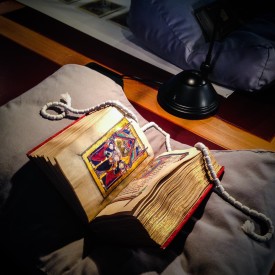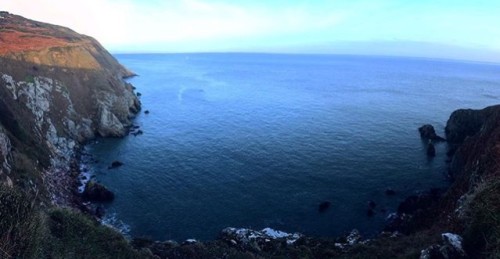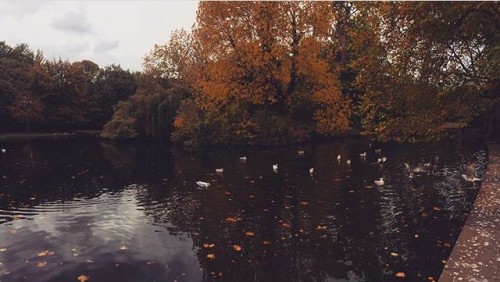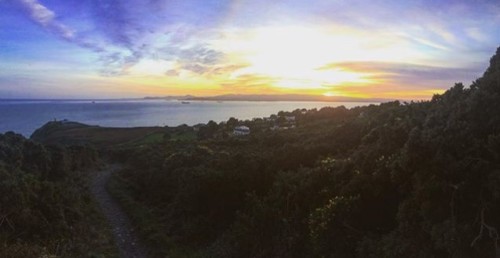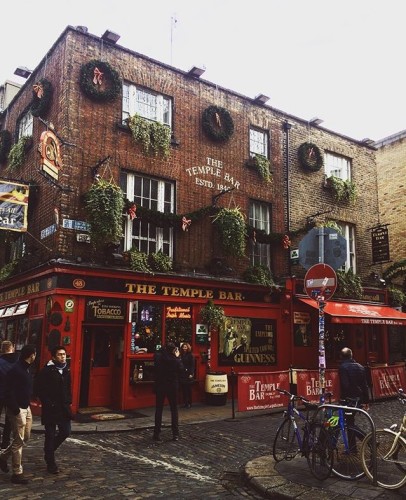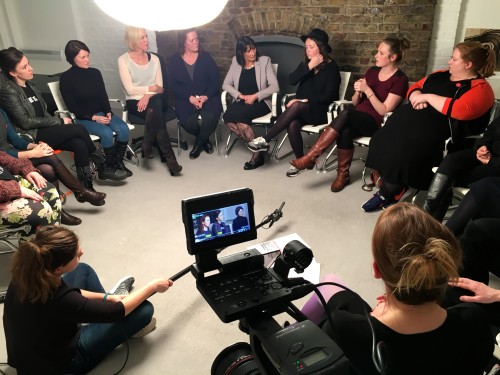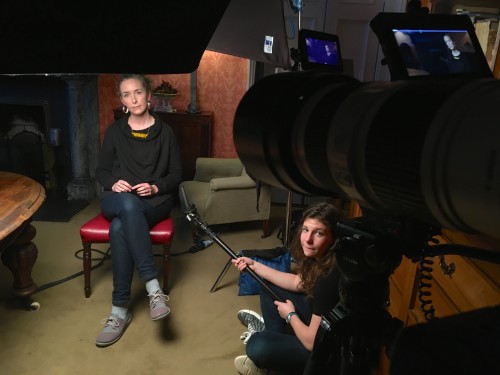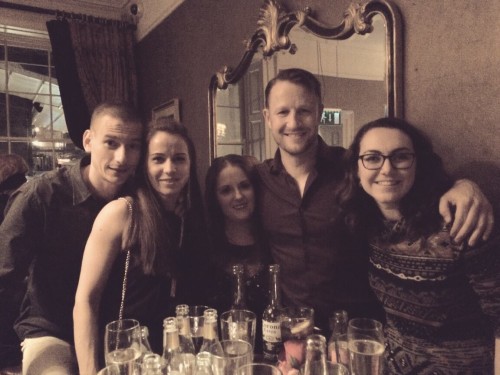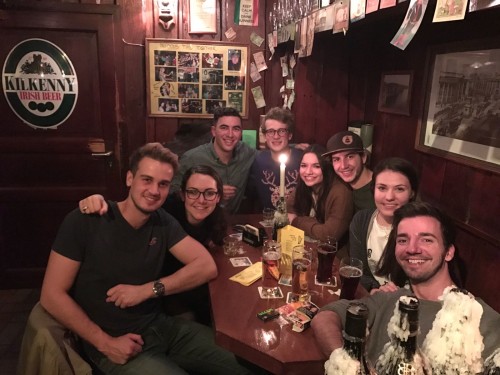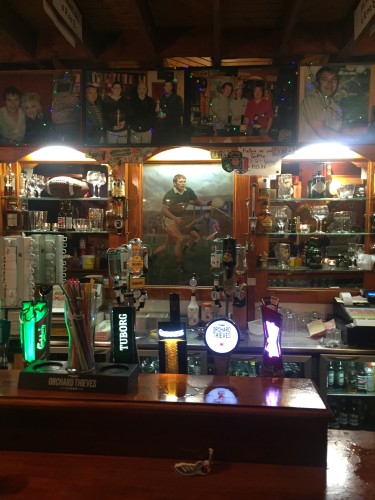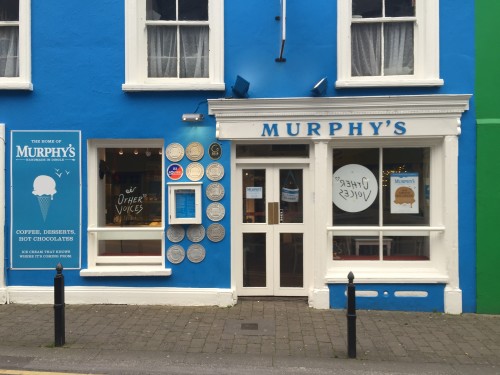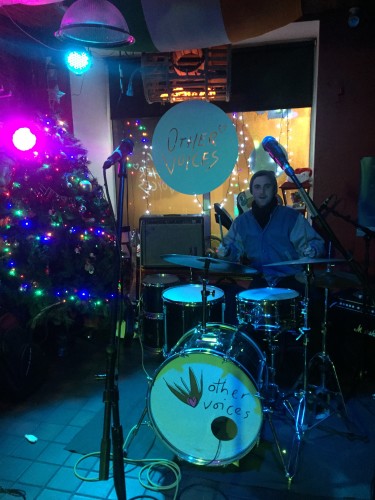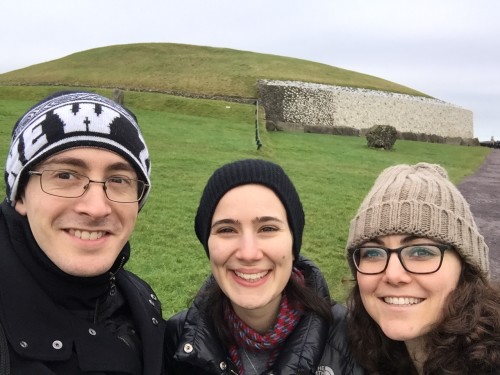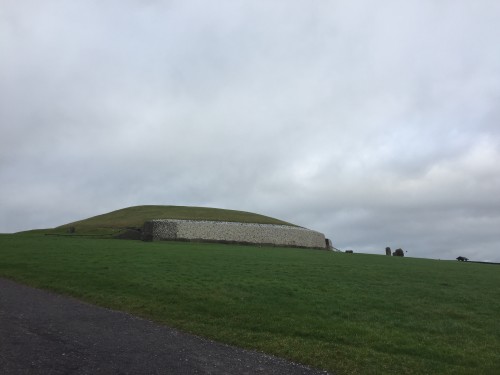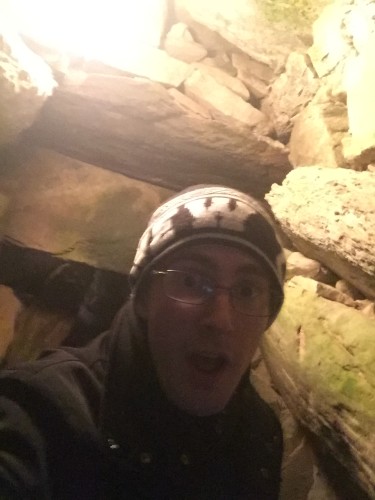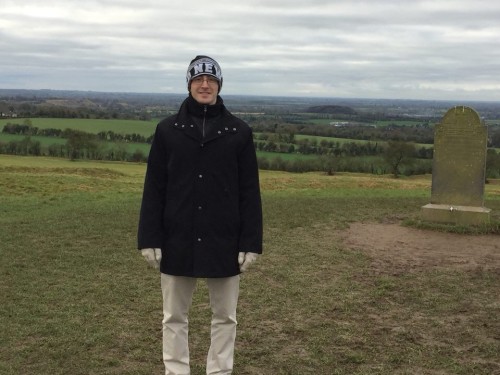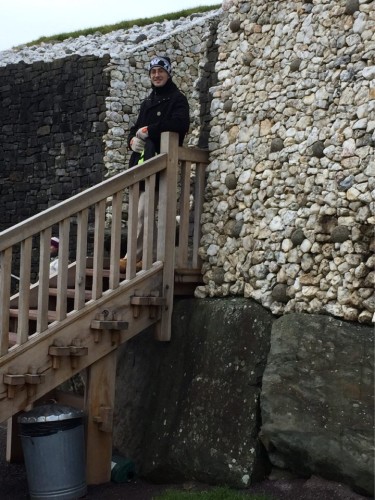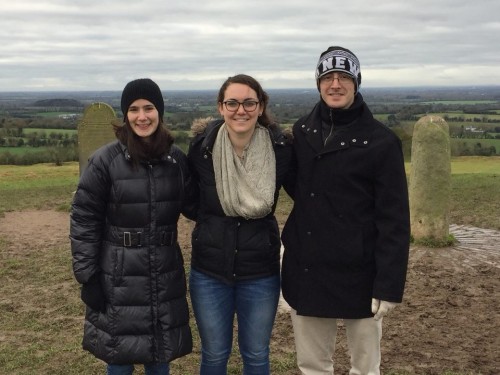Classes at Trinity begin this week, but my first semester technically hasn’t ended yet: we’re still finishing papers and preparing for final exams. Between assignments, applying for conferences, and other work, I’ve spent a lot of time on campus, writing about experiences and research projects preceding my arrival to Ireland, which has kept me focused more on the past than the present. Once these tasks are out of the way, I am excited to explore much more of Ireland than I did last semester; the few day-trips I’ve managed to take already were a great preview of what is to come.
In October, Chris and I went to Sligo. It was a short but incredible trip, which started with heavy fog and rain that filled my supposedly waterproof boots. As the clouds began to clear at Carrowmore, we began a four-mile walk to Knocknarea, stopping at stables and Queen Medb’s Activity Farm to ask for directions. (After making a similar trek with Megan from Wexford’s city center to the Irish National Heritage Park, much of which consists of narrow, winding roads without sidewalks, I think we’ve got the hang of navigating Irish towns without a car.) At that point, Maeve’s cairn was still invisible, as the top of Knocknarea faded into the mist. The weather didn’t look too promising.
The fog remained just long enough to provide us with a dramatic approach to the cairn before dissipating and unveiling the Atlantic. A description can’t do justice to the view, so I included some photos below. I was happy to cross “megalithic tombs” and “flocks of sheep” off of my sightseeing to-do list, but luckily there will be much more of that in the coming months. Within the Republic, trips on my list include Tara, Kells, Clonmacnoise, and the Aran Islands. The best part will be sharing these journeys with friends and family, especially those who don’t know much about Ireland beyond its capital city.
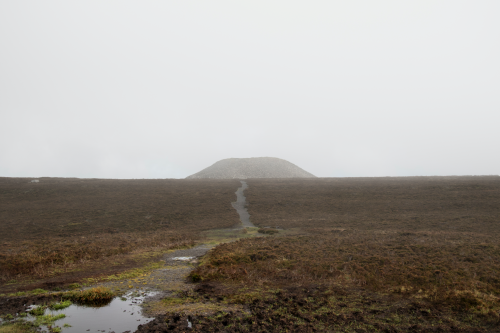
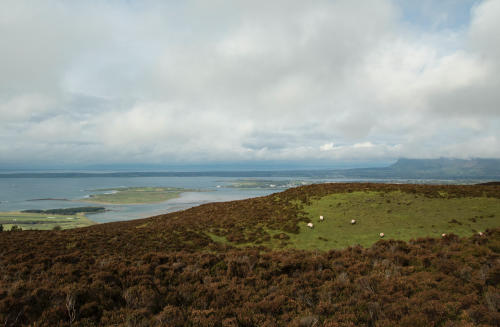
I’m also looking forward to our trip to Belfast, where I’m eager to see the city’s murals and peace walls. In 2015 I curated a photography exhibit on Belfast with the organization ART WORKS Projects, with work by sociologist David Schalliol, and I can’t wait to walk the streets I’ve seen in photos.
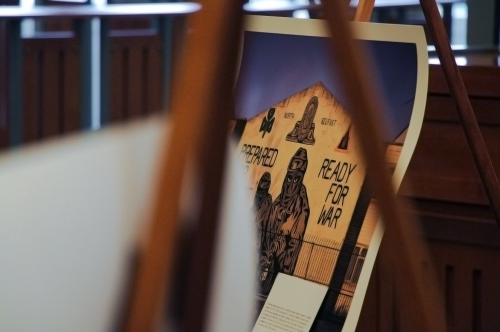
Though I’ll have fewer classes this semester, which will allow more time for travel and my internship with Art for Amnesty, I’m also excited for my classes and dissertation work. My MPhil cohort is a small group of American and Irish students, researching everything from Norse mythology to Sicilian architecture. With our Latin and paleography classes, I can now (kind of) read the Book of Kells, which has made my frequent trips to see it a bit more purposeful and academic — for those outside Dublin, you can enjoy the digitized version here! I’ve now visited most of the major manuscript collections in the city, spending hours poring over parchment, and look forward to doing more of that. I’ll conclude with a scene from class in the Chester Beatty reading room:
